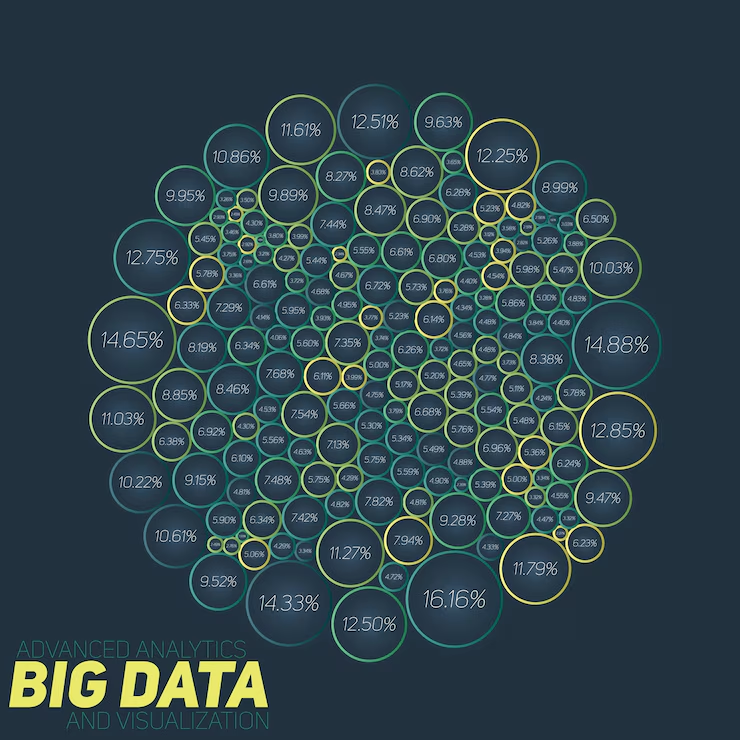
Key Characteristics and Trends:
-
Cloud-Native and Modular:
Data 3.0 leverages cloud-native platforms and modular tools, allowing for greater flexibility and scalability.
-
Lakehouse Architectures:
It embraces Lakehouse as a central paradigm, integrating data lakes and data warehouses for a more unified data management approach.
-
Data Governance and Metadata:
Data 3.0 places significant emphasis on data governance, metadata management, and data lineage, ensuring data quality and reliability.
-
Real-Time Insights and AI/ML:
It enables real-time data processing and analysis, incorporating AI and machine learning for predictive analytics and automation.
-
Data Democratization:
Data 3.0 aims to make data more accessible and actionable across the organization, empowering various users with insights.
Key Components and Technologies:
-
Cloud Data Warehouses:
Cloud-based data warehousing solutions like Snowflake and Databricks are essential for storing and processing data.
-
Data Integration Platforms:
Tools like Fivetran, Stitch, and Airbyte facilitate data ingestion from various sources.
-
Data Transformation Tools:
dbt (data build tool) and other Python-based scripting solutions are used for data transformation and cleaning.
-
BI/Analytics Tools:
Platforms like Looker and Mode Analytics enable data visualization and analysis.
-
Data Governance and Metadata Management Tools:
DataHub, Amundsen, and Marquez are examples of tools used for managing data governance and metadata.
-
Data Orchestration Tools:
Apache Airflow and Dagster are used for automating data pipelines.
Benefits of Data 3.0:
- Increased Efficiency and Scalability: Cloud-native tools and modular architectures enable rapid scaling and efficient data operations.
- Real-time Insights and Decision Making: Real-time data processing and analysis enable faster decision-making.
- Data Democratization: Empowering various users with insights through data visualization and analysis tools.
- Improved Data Governance and Quality: Metadata management and data lineage ensure data quality and reliability.
- Cost-Effectiveness: Cloud-based solutions and pay-as-you-go pricing models offer cost-effective data management.



